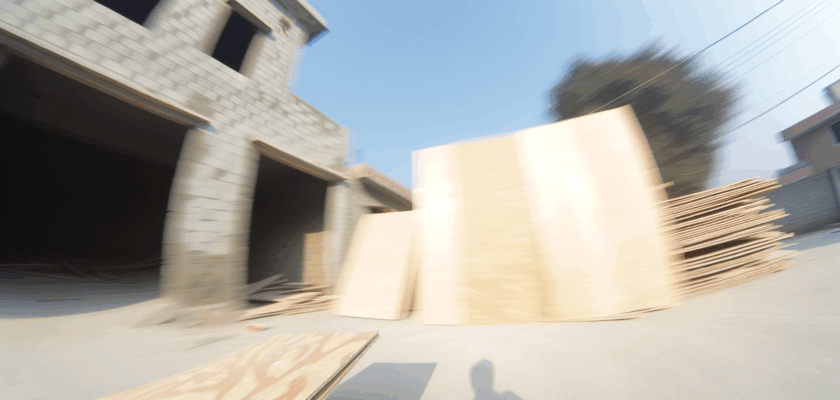Plyometric boxes, commonly known as plyo-boxes, are essential tools for athletes and fitness enthusiasts aiming to improve explosive power, agility, and overall conditioning. While commercial plyo-boxes are readily available, building your own plywood plyo-box can be a cost-effective and customizable alternative. However, ensuring safety during construction and use is paramount to prevent injuries and maintain durability. This article outlines the essential materials and tools required, followed by a detailed, safe assembly process for creating a reliable plywood plyo-box.
Essential Materials and Tools for Building a Plyo-Box
When building a plywood plyo-box, selecting quality materials is the first critical step. The primary material should be high-grade plywood, typically 3/4 inch thick, for strength and durability. Baltic birch plywood is widely recommended due to its dense layers and resistance to splintering. Avoid using thin or low-quality plywood as it may not withstand repeated impacts. Additionally, purchase wood screws, wood glue, and sandpaper to ensure secure joints and smooth edges.
In terms of tools, preparation is key to a safe assembly. Essential tools include a power drill with various drill bits, a circular saw or table saw for precise cutting, a screwdriver or impact driver, clamps to hold pieces steady, and a measuring tape or ruler for accuracy. Safety gear such as safety glasses, hearing protection, and gloves are also indispensable to protect yourself from potential hazards during cutting and assembly.
Beyond the basics, optional but useful materials may include non-slip adhesive strips or rubber feet to enhance stability during workouts. Finishing materials like wood paint or sealant can protect the box from moisture and wear. Together, these materials and tools set the foundation for a plyo-box that is both functional and safe.
Step-by-Step Guide to Assemble Your Plywood Plyo-Box Safely
Start by carefully measuring and marking your plywood sheets according to the desired plyo-box dimensions — common sizes include 20, 24, and 30 inches in height. Use a circular saw or table saw to cut the plywood into five pieces: one base, two sides, a front, and a back panel. Precision in cutting ensures all parts fit snugly, minimizing weak spots that could compromise safety.
Next, sand all edges and surfaces thoroughly to remove splinters and rough spots that could cause injury. Apply wood glue along the edges where the panels will join, then clamp the pieces together to ensure firm contact. Using a drill and screws, secure the sides to the base first, followed by attaching the front and back panels. Pre-drilling screw holes prevents the plywood from splitting and ensures stronger joints.
Finally, add any protective finishes like sealant or paint once the box is fully assembled and the glue is dry. For enhanced safety during use, affix non-slip strips or rubber feet to the base to prevent slipping on smooth surfaces. Before use, inspect the plyo-box thoroughly for any loose screws or cracks. Proper assembly and maintenance guarantee a sturdy plyo-box that supports vigorous workouts without risk.
Building a plywood plyo-box requires careful selection of materials, proper tools, and meticulous assembly to ensure both durability and user safety. By following the steps outlined, fitness enthusiasts can create an affordable and reliable training aid tailored to their needs. With the right precautions, homemade plyo-boxes can offer a safe and effective platform for plyometric exercises, helping users achieve their fitness goals with confidence.

